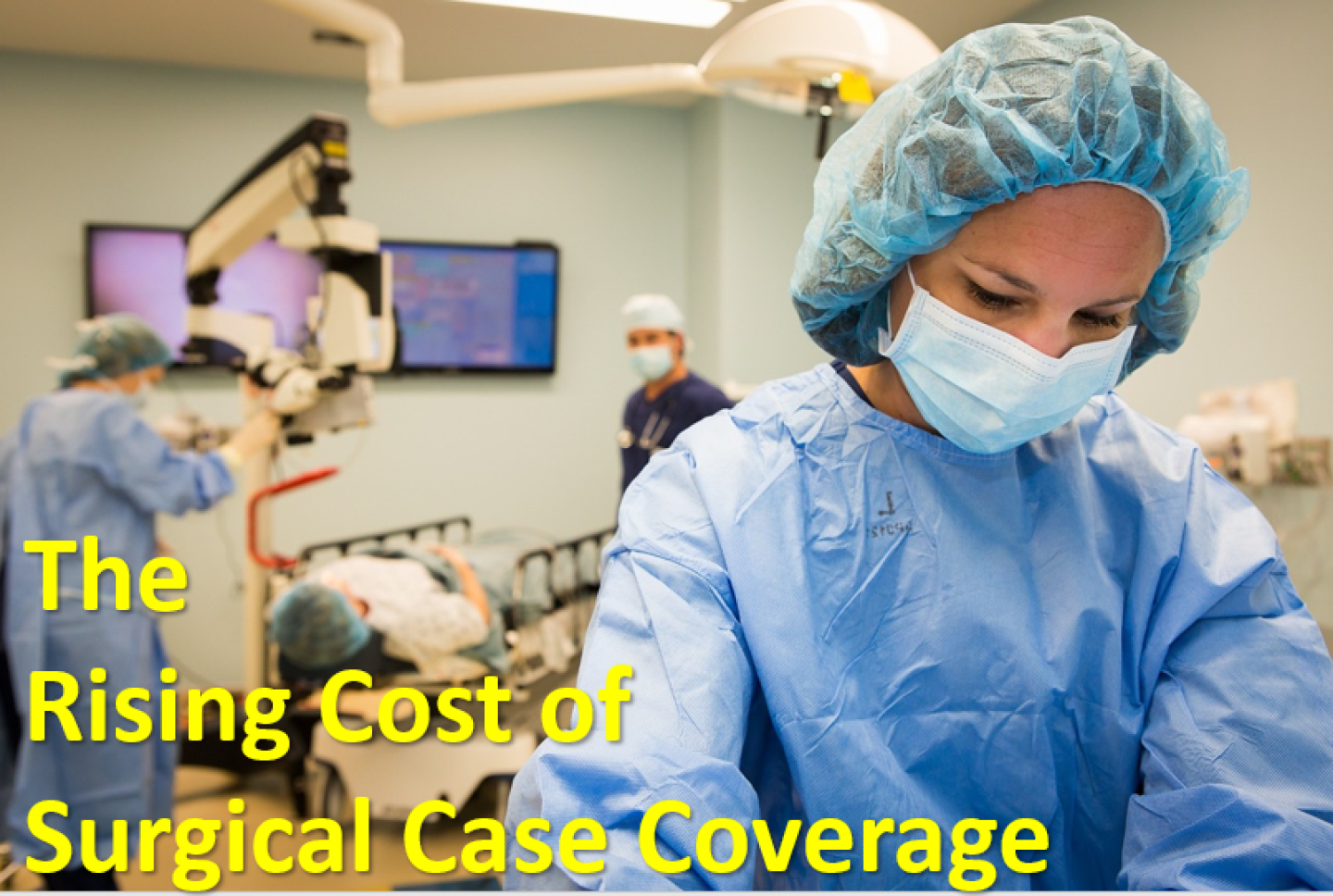Countless articles and blogs have been written about the “Rep-Less” Medical Device Sales Model and will it or won’t it work. It’s a hot-button topic which has proponents and opponents lined up on either side of the argument.
Let’s face it, it should be a hot-button topic. The reality is this: IF (and I stress IF) a medical device manufacturer can make this model work several things would happen right out of the gate:
1) Prices of products would be (or should be) reduced significantly
2) Operating expenses of the manufacturers would go down as well
3) Salespeople would cease to exist in their current capacity sending lots of folks looking for jobs.
4) Hospitals would lose the intangible asset that exists in the salespeople bringing outside expertise to their operating rooms… or would they?
The last point is something that isn’t measured as easily as the other 3. How much value is really brought by salespeople in the Operating Room? Many would argue that the OR is where the physician truly gains the value of the salesperson.
But, truly, who do you want in your personal surgery? A salesperson or a true clinical expert? What if you could have both?

Where Many Med Device Salespeople Spend Their Time
Let’s look at this realistically. Many medical device salespeople work in scrubs and spend 80%+ of their time in the operating room working with less than 5-6 customers. Do these salespeople “sell” while in surgery? Of course they do, but how much real selling time is missed because they are anchored in surgery?
In many medical device firms, the bottleneck to sales revenue growth is the number of salespeople. This isn’t because the salespeople are handling all they can handle from a sales perspective, it’s because the service burden is so great the salespeople don’t have the available time to call-on and sell to new physicians.
They’re stuck in surgery.
Getting Your Salespeople Back Where They Belong
Medical device manufacturer’s (especially implantable device companies) struggle with the burden created by physicians implanting their product and needing/wanting a technical expert in the operating room. The industry has created an environment where “service” is thought to be a salesperson in the OR with the physician every single time they implant a product or perform surgery. In many cases the docs will not perform the surgery or use the reps product if there isn’t a rep in the surgery. This has created a tremendous financial & labor burden on each company.
To make matters worse, in many cases it is the expensive asset of the salesperson who is covering the surgery. These salespeople aren’t out selling, they’re waiting for anesthesia to finish the case in front of theirs, so they can finally start their 2.5 hour case.
What if the manufacturers could get their salespeople out of the OR and back selling 90% of the time and there was a model to PROVE that it worked?

Welcome to Rep-Lite
I’ve had countless Sales Leaders reach out to ProSellus and talk about the RepLess Sales Model. In theory it sounds great however, the practicality of the model with physicians and hospitals being conditioned to have reps at their beck and call currently seem to make it an impossible venture.
Until I met Rick Barnett and Rep-Lite.
Rep-Lite provides solutions to an industry experiencing the “perfect storm” scenario. Increased risk, higher expectation and cost compression all while industry is searching for alternative cost-effective solutions in a highly competitive environment.
The unwelcome reality of the medical device business can be summed up in one statement:
Everyone is being asked to do more with less.
Salespeople are continually asked to provide better service to existing physicians, provide clinical case coverage, take care of patient outcomes and expected to attain new physician customers with less and less time. It’s not financially responsible to continue adding expensive sales headcount where more reasonable solutions can be deployed.
Enter Rep-Lite.

The Rep-Lite team works with industry partners to move the Salespeople back to selling while managing the OR burden experienced by many manufacturer’s. Their proven model provides cost-effective sales and service support to the customer yet doesn’t sacrifice outcomes for physicians.
Isn’t that what everyone wants?
The Rep-Lite model is truly the next innovation in Healthcare Service to manage surgical case coverage and support, drive efficiency, increase customer loyalty, reduce risk in hiring the right “bench strength” and ultimately drive sales revenue growth.
Rep-Lite is changing the game…
If you would like to learn more about Rep-Lite visit them at www.rep-lite.com or reach out to me at scottwalle@prosellus.com.





























